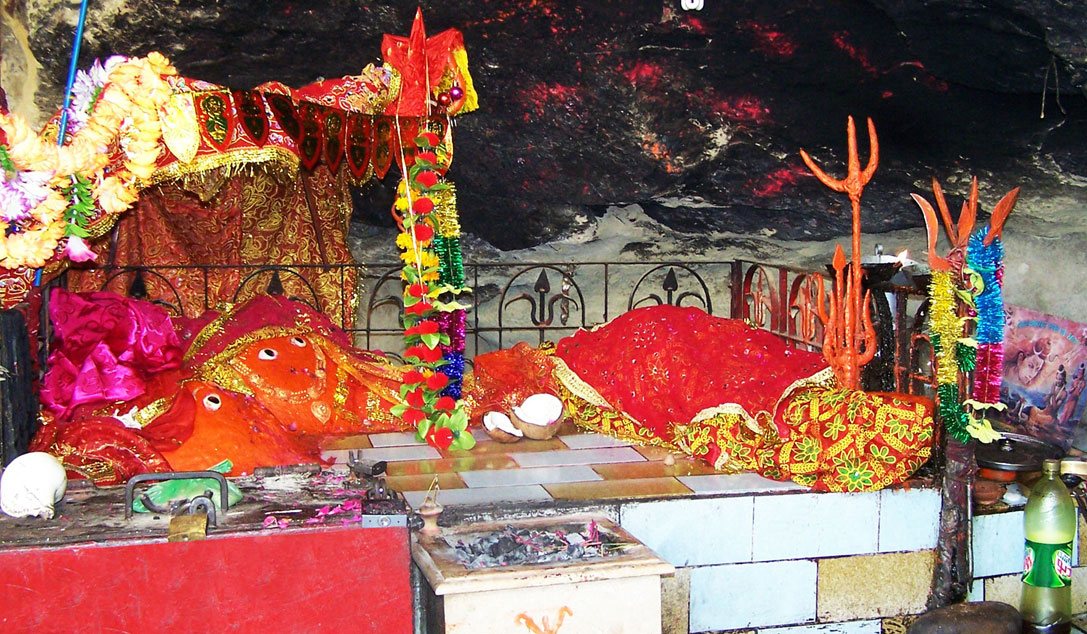The Temple of Hinglaj Mata
Historical and Geographical Significance of the Temple
The temple of Hinglaj Mata has been a significant pilgrimage site in Hinduism since ancient times. It holds both mythological and historical importance. The history of this temple is tied to the story of Goddess Sati and the scattering of her body parts across the earth. According to legend, when Lord Vishnu cut Goddess Sati’s body into pieces, Hinglaj was the location where her head fell. This sacred spot is now recognized as the Hinglaj Shakti Peeth.
The temple is located in a remote area near the Makran coast along the Hingol River in Pakistan's Balochistan province. Because of its mountainous terrain, the journey to this temple is considered quite difficult. Despite these challenges, devotees travel here driven by their deep faith and devotion to seek the blessings of the goddess.
The historical significance of this site is further emphasized by the fact that it is a symbol of both Hindu and Sindhi culture. Even though the temple is located in present-day Pakistan, it remains a highly sacred site for devotees from the Indian subcontinent. Balochistan’s unique geographical and cultural position makes this area a convergence point for different cultural and religious heritage.
Location of Hinglaj Shakti Peeth
Hinglaj Mata’s Shakti Peeth is situated in the Makran region of Balochistan. The temple is located near the Hingol River, and the region is known for its distinct geographical features.
The temple is accessible via the Makran Coastal Highway, which connects it to Karachi, located about 250 kilometers away. Despite being within Pakistani territory, Hindu devotees from India and across the world undertake the pilgrimage to this sacred site.
Every year, during Navratri, a grand festival is held here, drawing thousands of pilgrims. It remains a center of faith for the devotees. Even though it is located in Balochistan, Hinglaj Shakti Peeth continues to be one of the most significant pilgrimage destinations in Hinduism.
Architecture and Structure of the Temple
Unlike many other temples, Hinglaj Mata’s temple is not characterized by grand architectural features. In fact, it is situated within a natural cave, which is considered the residence of the goddess. Inside this cave is a sacred stone, which is worshipped as Hinglaj Mata.
The cave temple is ancient and naturally formed, and instead of a large idol, the stone itself is considered the manifestation of the goddess. The simplicity of the temple’s structure is its defining feature, setting it apart from the more elaborate and ornate temples found elsewhere.
Devotees offer flowers and prasad at the goddess's feet and seek her blessings. The surrounding structure of the temple is also simple, with no signs of modern influence. It is the natural beauty and simplicity of the location that makes this temple truly unique.
During the pilgrimage, devotees often meditate, pray, and engage in spiritual practices here. The temple provides a serene and peaceful environment for worship. Outside the cave, there are smaller shrines and worship areas where devotees can offer prayers to other deities as well.
